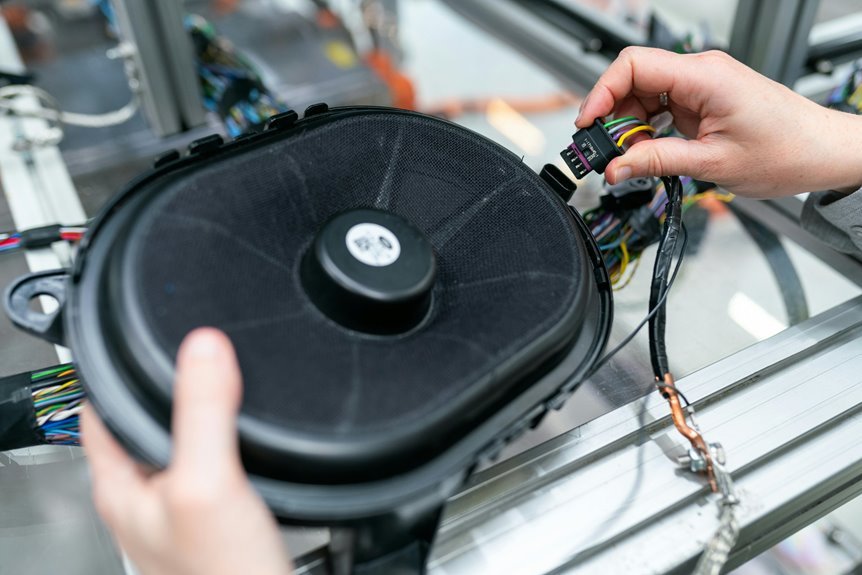The Audio Verification Unit, encompassing models 3205742057, 3206361803, 3515414021, 3511475322, 3291767720, and 3333879522, represents a significant advancement in audio security technology. Its sophisticated algorithms enhance audio capture quality and safeguard against unauthorized access. Organizations can leverage this technology to streamline verification processes, yielding substantial cost efficiencies. However, the implications of this unit extend beyond mere efficiency, raising important questions about its integration and impact on various sectors.
Key Features of the Audio Verification Unit
The Audio Verification Unit is designed to enhance the accuracy and reliability of audio data authentication.
Key features include advanced algorithms that improve audio quality, ensuring clear and discernible data capture.
Additionally, it integrates robust security measures to safeguard against unauthorized access, promoting data integrity.
These functionalities collectively bolster the unit’s effectiveness, making it an essential tool for secure audio verification processes.
Benefits of Implementing Audio Verification
Implementing audio verification offers significant advantages in various sectors, particularly in enhancing security and ensuring data authenticity.
The technology facilitates cost savings by reducing the need for extensive manual verification processes. Additionally, accuracy improvement is achieved through advanced algorithms that minimize human error, thereby increasing trust in audio data.
Ultimately, these benefits empower organizations to operate more efficiently while safeguarding critical information.
Applications Across Various Industries
While audio verification technology has gained traction in various sectors, its applications extend far beyond conventional security measures.
In healthcare applications, it enhances patient identification and record accuracy, ensuring compliance with regulations.
In financial security, it mitigates fraud risks through robust authentication processes.
These industries leverage audio verification to foster trust, streamline operations, and uphold the integrity of sensitive data, ultimately promoting individual freedoms.
Enhancing Workflow Efficiency With Audio Verification
Audio verification technology not only strengthens security measures but also plays a significant role in enhancing workflow efficiency across various sectors.
By streamlining processes, it facilitates faster decision-making and minimizes administrative burdens.
Furthermore, its accurate authentication capabilities contribute to reducing errors in data entry and communication, ultimately fostering a more dynamic environment that empowers individuals and organizations to operate with greater autonomy and effectiveness.
Conclusion
In conclusion, the Audio Verification Unit serves as a cornerstone of security and trust within an increasingly digital landscape. By employing advanced algorithms to ensure audio integrity, it not only mitigates the risk of unauthorized access but also streamlines operational workflows. As industries grapple with the challenges of data authenticity, the adoption of such technology becomes imperative. Ultimately, the ability to trust audio data fosters a safer environment, allowing organizations to focus on their core missions with confidence.





